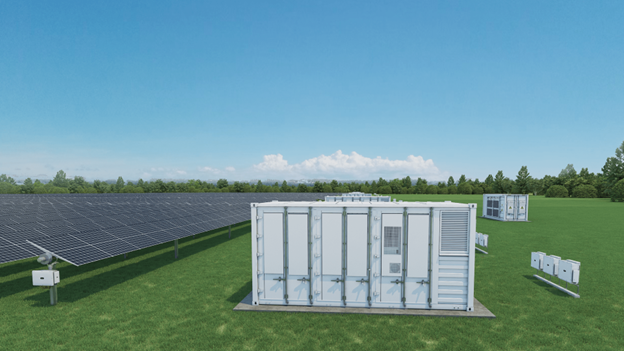In the contemporary energy paradigm, grid energy storage systems (GESS) are becoming indispensable. These systems, critical for balancing energy supply with demand, stabilizing the power grid, and integrating fluctuating renewable energy sources, hold significant importance in today's power infrastructure. As global energy strategies increasingly lean towards sustainable practices, understanding the economic underpinnings of these storage solutions becomes crucial for stakeholders, policymakers, and industry players.
Grid energy storage systems store electrical energy for later usage, encompassing various technologies from large-scale mechanical solutions like pumped hydroelectric storage to advanced battery systems like lithium-ion and flow batteries. Their primary roles include managing energy loads, providing backup power, and ensuring a consistent energy supply, especially with renewable sources like solar and wind being inherently intermittent.

Economic factors significantly influence the adoption and implementation of energy storage solutions. Market trends indicate a burgeoning demand for these systems, propelled by decreasing costs of renewable technologies and a growing environmental consciousness. Industry forecasts predict a substantial expansion in the energy storage market, underscoring the need for a thorough economic assessment to guide decision-making processes.
Conducting a cost-benefit analysis is critical in evaluating the feasibility of grid energy storage projects. This analysis encompasses a broad spectrum of factors such as technology-specific costs, scalability, and geographic location. The benefits, on the other hand, include improved grid reliability, reduced carbon emissions, and enhanced capacity for renewable energy. For instance, in areas with high solar energy generation, storage systems can effectively store surplus power during peak production for later use, thus optimizing renewable energy use.
Investment in grid energy storage systems includes various expenditures like technology acquisition, installation, and integration into existing grid structures. Despite the decreasing costs of technologies such as battery storage, they remain a significant part of the overall investment. Factors influencing these costs include the scope of deployment, technological advancements, and geographic considerations. Government incentives and collaborative ventures are vital in reducing these upfront costs and stimulating investments in energy storage.
Operational costs of grid energy storage include maintenance, energy conversion losses, and system management expenses. The efficiency and cost-effectiveness of different storage technologies can significantly impact the overall operational viability. For example, some high-efficiency battery technologies may incur greater maintenance and replacement costs. Minimizing these operational expenses is critical for the long-term economic sustainability of storage solutions.
Grid energy storage systems face several economic challenges, such as high initial investment costs and regulatory hurdles. Nonetheless, these challenges also offer opportunities for innovation and economic growth in the sector. The increasing global focus on renewable energy provides a burgeoning market for energy storage. Technological advancements can lead to more cost-effective and efficient storage solutions, enhancing the sector's growth potential.
The policy and regulatory environment significantly impact the economics of grid energy storage systems. Government policies, such as subsidies and tax incentives, can lower the barriers to entry and encourage investment. Additionally, regulations regarding energy storage and grid integration play a crucial role in shaping the market and operational dynamics of these systems.
The market for grid energy storage is evolving rapidly, influenced by factors like technological advancements, decreasing costs, and increasing environmental awareness. The outlook for these systems is promising, with expectations of greater efficiency, lower costs, and broader adoption. The energy storage market is poised to play a critical role in the global transition towards a more sustainable and resilient energy future.

The grid energy storage systems stand at the forefront of the renewable energy revolution, balancing environmental concerns with economic feasibility. A comprehensive understanding of their cost dynamics, investment requirements, and operational expenses is essential for stakeholders. With ongoing technological progress and supportive policy frameworks, the economic prospects for these systems appear optimistic, underscoring their critical role in shaping a sustainable energy future.
PREV: Maximizing Creativity: The MateBook D14's Impact on Content Creation
NEXT: How to Make Better Use of Solar Power to Improve Your Life